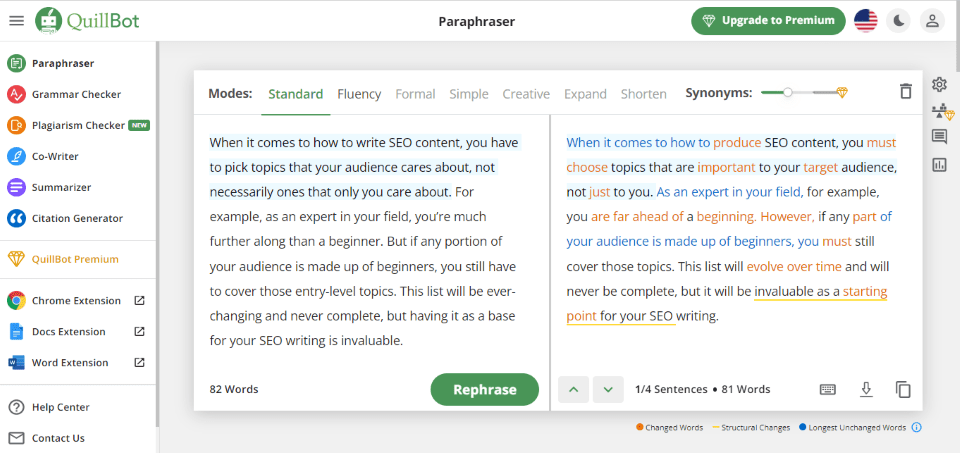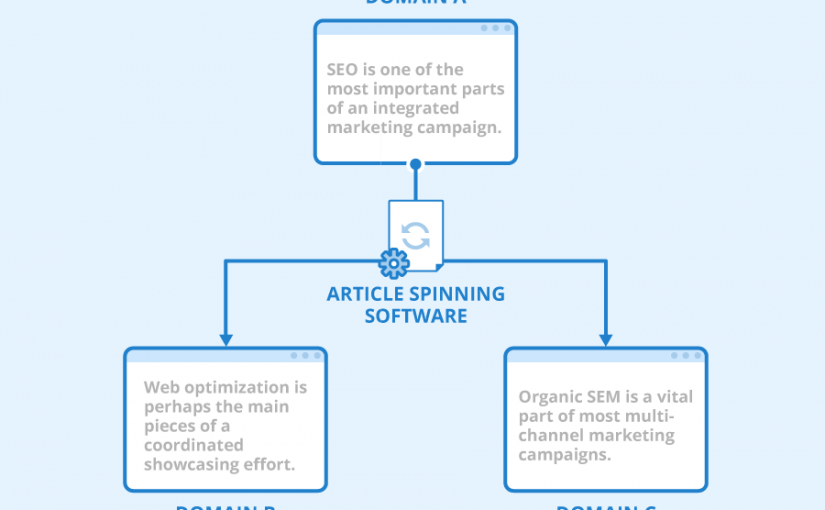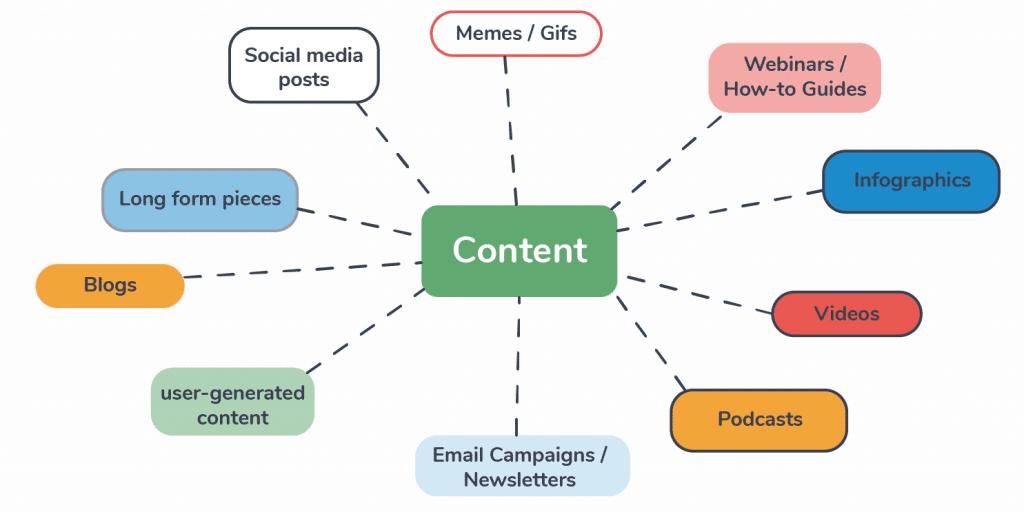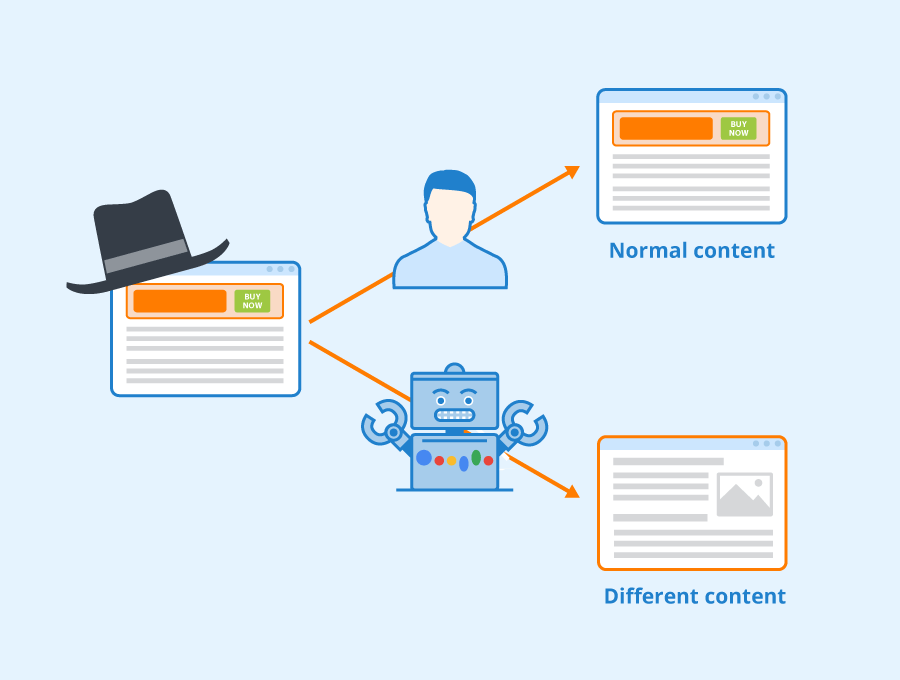Introduction to Article Spinning
Definition and Purpose
Article spinning, often termed content spinning, is the process of rephrasing existing text to create multiple variations of the same subject matter. The primary purpose of this technique is to generate bulk content quickly, aiming for search engine optimization (SEO) benefits.-
Mechanism: Typically accomplished through spinning software, the content is rewritten to evade plagiarism detection while still targeting specific SEO keywords.-
Outcome: The end goal is to populate the internet with variations that can attract organic traffic, albeit often at the expense of content quality.
History of Article Spinning
The inception of article spinning traces back to the early days of SEO when content was king. As websites competed for higher rankings, marketers sought shortcuts to generate vast amounts of content. Initially, manual rewriting methods were employed, but as technology progressed, the advent of spinning software transformed the landscape.-
Early Methods: Writers would painstakingly rewrite texts, often resulting in inconsistent quality.-
Software Evolution: With the growth of AI-driven algorithms, spinning tools became increasingly sophisticated, capable of producing coherent variations at remarkable speeds.This evolution brought both advantages and significant drawbacks, changing how content is perceived in the context of digital marketing.
Techniques of Article Spinning
When it comes to article spinning, various techniques can help transform existing content into what appears to be original material. Let’s explore two primary methods:
- Synonym replacement
- Sentence rewriting.
Synonym Replacement
This technique involves substituting words with their synonyms to alter the text while maintaining its original meaning. It’s a straightforward method but can lead to awkward phrasing or contexts that feel unnatural. For instance, changing “essential” to “crucial” might work, but replacing “business” with “commerce” could result in a slightly altered context.
Benefits of Synonym Replacement:
- Quick and easy to implement.
- Can produce multiple versions of a single piece of content.
Drawbacks:
- Risk of unnatural flow.
- Potential consistency issues in tone and style.
Sentence Rewriting
Sentence rewriting is a more nuanced approach where sentences are reconstructed to express the same idea differently. This technique allows for greater creativity and depth, making the content more engaging.
Standard practice:
- Understanding the core message before crafting a new sentence.
- Utilizing different sentence structures to enhance readability.
For example, the original sentence “Digital marketing is crucial for modern businesses” could be rewritten as “In today’s marketplace, businesses rely heavily on digital marketing.” This methods not only preserves the idea but also adds a fresh perspective. Incorporating these techniques effectively requires practice and a keen understanding of the content to ensure it resonates authentically with readers.

Benefits of Article Spinning
Time-Saving
One of the most significant advantages of article spinning is the substantial time-saving it offers. In the fast-paced world of digital marketing, the demand for fresh content is relentless. By spinning existing articles, marketers can quickly generate variations without starting from scratch. This process can cut down content creation time significantly, allowing businesses to focus on other vital areas such as strategy and engagement.
- Faster Turnaround: Instead of spending hours crafting new content, spinning allows for the rapid production of articles.
- Efficiency Boost: Marketers can handle larger volumes of content creation, enhancing overall productivity.
Creating Multiple Versions
Another key benefit of article spinning is its ability to produce multiple versions of the same content. This is particularly useful when targeting different audiences or optimizing for various keywords. For instance, if a business has a blog post on “Effective SEO Strategies,” it can be spun into several forms:
- Targeting Different Niches: Tailor the same topic to cater to different industries, such as e-commerce, healthcare, or education.
- Keyword Optimization: Each version can incorporate various SEO keywords, improving visibility across search engines.
By leveraging article spinning, marketers can keep their content fresh and relevant while effectively reaching broader audiences.
Drawbacks of Article Spinning
Quality Concerns
One of the most glaring drawbacks of article spinning is the significant quality compromise often witnessed in the generated content. When content is spun, the essence and clarity of the original message can be lost. This can lead to:
- Incorrect Synonyms: Automatic tools may suggest synonyms that change the intended meaning.
- Poorly Structured Sentences: The rephrased content may lack coherence and flow, making it hard for readers to follow.
- Reduced Readability: Spun articles often appear robotic or unnatural, which diminishes user engagement.
For instance, an article spun merely by swapping a few words might read awkwardly and fail to connect with readers. This not only undermines the authority of the content creator but can also alienate the audience.
SEO Issues
In the realm of digital marketing, SEO (Search Engine Optimization) is crucial for maintaining visibility and reach. However, article spinning can inadvertently hamper these efforts due to several reasons:
- Duplicate Content Penalties: Search engines like Google penalize sites for publishing content that is considered duplicate, leading to a drop in search rankings.
- Low Quality Reading Experience: AI-generated spun content often lacks the quality expected by search engines, making it more likely to be flagged.
Due to these issues, investing in original, high-quality content is far more beneficial than relying on spun alternatives. The disparity in quality can not only affect SEO performance but also damage trust with readers.
Tools for Article Spinning
Manual Spinning
Manual spinning involves reviewing and rewriting content by hand. This technique can be arduous, yet it often yields better quality results since the writer can ensure coherence and relevance. Here’s how manual spinning typically works:
- Start with original content.
- Identify key ideas and main points.
- Use synonyms and change sentence structures thoughtfully.
- Ensure the new version maintains the original meaning and flow.
Writers might find that this approach not only enhances their skills but also produces content that resonates better with readers, resulting in higher engagement.
Automated Spinning Software
Automated spinning software offers a quicker alternative for generating multiple content variations. These tools use algorithms to replace words with synonyms, rearranging sentences to create new outputs. Popular options include:
- Spin Rewriter: Offers both manual and automated features, allowing for greater control.
- WordAI: Claims to create human-like text revisions based on artificial intelligence.
- Spin Bot: Lets users input texts and automatically rewrites them, adjusting settings for quality.
While these tools increase efficiency, they often lack the nuance and clarity that human writers bring. Ultimately, the choice between manual and automated methods will depend on the desired quality and time constraints.
Best Practices for Article Spinning
Avoiding Plagiarism
To navigate the contentious waters of article spinning, it is crucial to prioritize originality at every step. Plagiarism not only tarnishes credibility but can also lead to legal repercussions. Here are some key strategies to avoid it:
- Use Original Ideas: Base your spun content on your unique perspectives and insights rather than merely altering someone else’s work.
- Check for Duplicates: Leverage tools like Copyscape or Grammarly to ensure your spun content doesn’t mirror existing pieces online.
- Cite Sources Appropriately: When utilizing data or quotes from other articles, ensure to cite them properly.
Balancing Originality and Spun Content
While article spinning aims to create fresh content, it is essential to strike a balance between originality and the quality of spun text. Consider these tips:
- Blend Originality: Incorporate personal anecdotes or real-world experiences that provide depth to your spun articles.
- Make Manual Edits: Spend time refining the spun content to improve clarity and coherence. This not only enhances readability but also adds a personal touch.
- Quality Over Quantity: Focus on producing fewer, high-quality articles rather than churning out numerous low-quality spins.
Maintaining this balance will ensure your content resonates with readers while also satisfying search engine algorithms.













